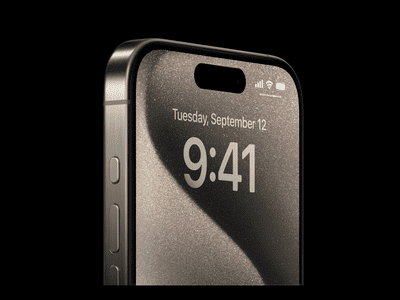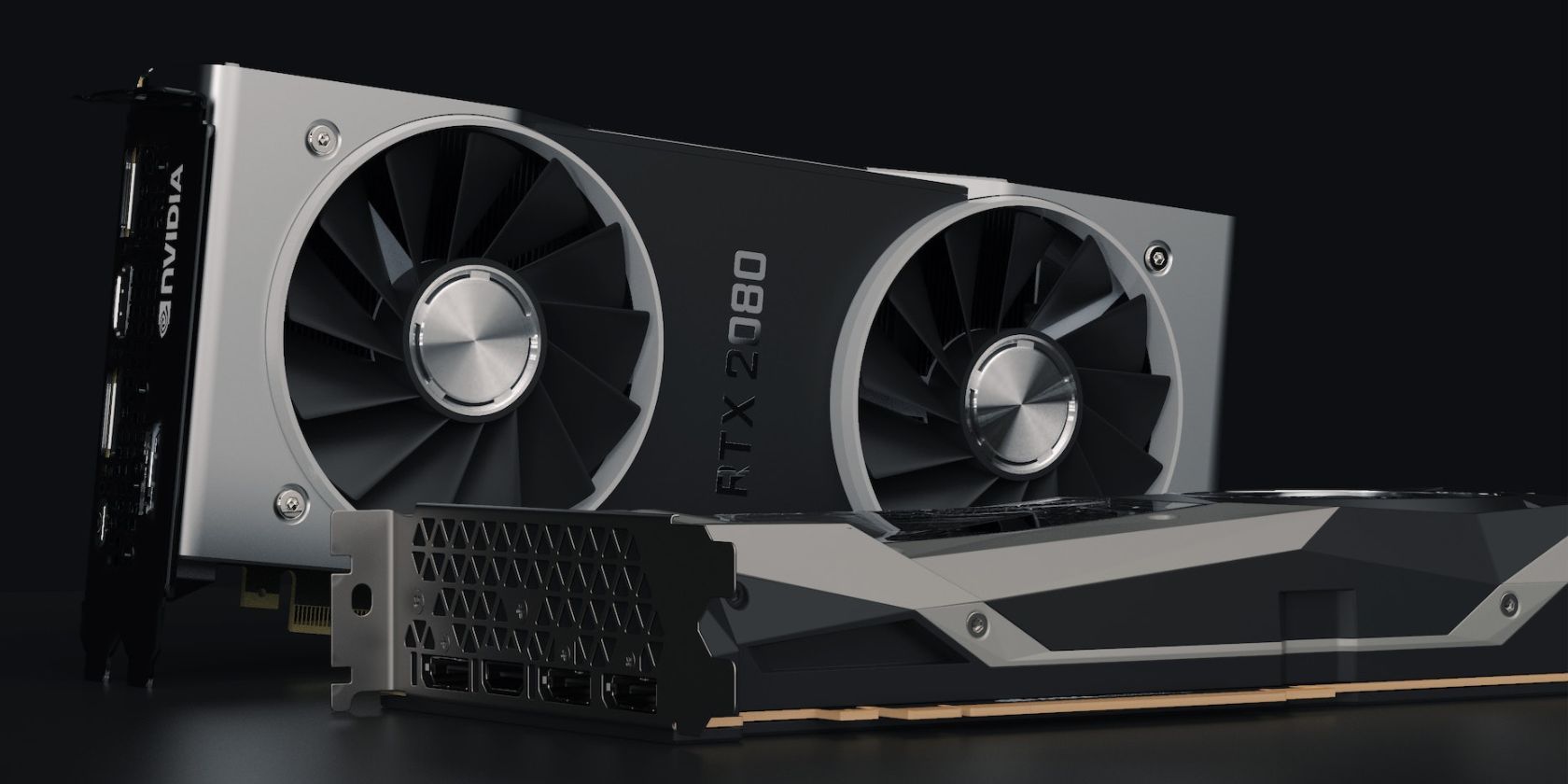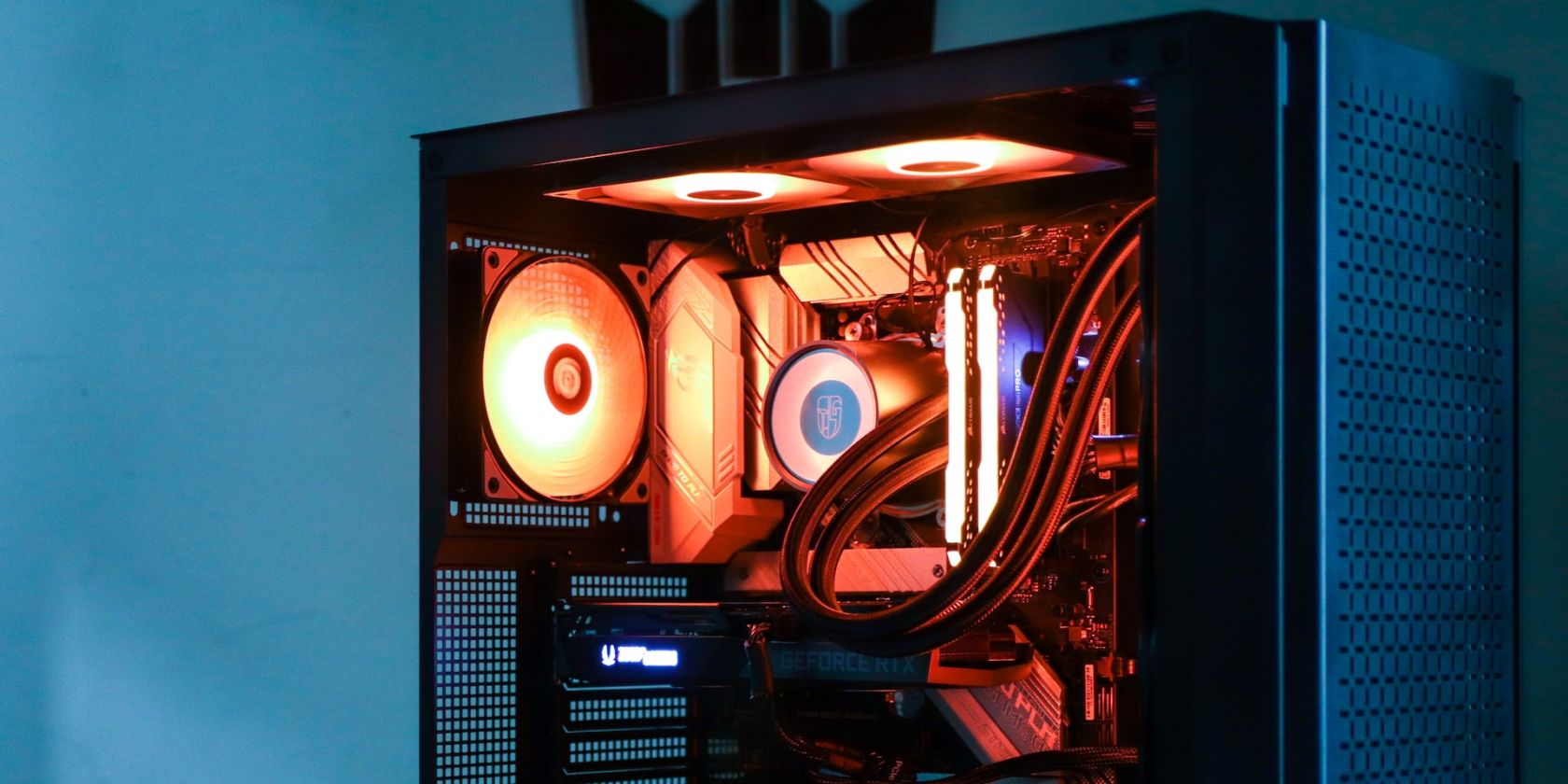
Mastering the Art of Resolving 4 Frequent GPU Issues

Mastering the Art of Resolving 4 Frequent GPU Issues
Key Takeaways
- Overheating is a common issue for GPUs, leading to reduced performance and potential permanent damage. Check ventilation and consider replacing damaged fans or thermal paste.
- Frame drops and reduced performance could indicate a GPU running poorly or being insufficient for certain games. Monitor operating temperatures and usage, update GPU drivers, and re-seat the GPU if needed.
- Black screens during gameplay or in other apps may be caused by outdated or broken drivers, improperly connected hardware, or RAM issues. Update drivers, check connections, and run RAM checks to troubleshoot.
- Graphical glitches and artifacts in games may be due to corrupted game files. Verify file integrity before reinstalling the game and check for related causes in other troubleshooting steps.
Your GPU is, perhaps, the most expensive part of your PC. As such, you need to take good care of it. After all, it’s what will account for how good or how badly your games run on your PC. Still, it might fail at some point. That’s how electronics work—they have a finite lifespan. Still, you’ll need to learn how to handle problems in your GPU.
Here are the most common problems with your GPU and how you can properly troubleshoot them—and, if possible, fix them.
1. Overheating & Thermal Throttling

First off, an issue that will ultimately affect all GPU owners sooner or later and one of the most common GPU problems . We’re talking, of course, about overheating and its immediate consequence, thermal throttling.
GPU overheating occurs when a hardware component, such as your GPU, operates at a temperature significantly higher than its designed or safe operating range. It can happen to any hardware component, but GPUs and CPUs are especially prone to it. It happens because of improper ventilation—basically, if your GPU is not dissipating heat properly for one reason or another, it will overheat. When a GPU becomes too hot, it can lead to various issues, including reduced performance, instability, and in extreme cases, permanent damage to the hardware.
To mitigate this, your GPU will deploy a self-protecting measure called thermal throttling , which is when it will significantly reduce its performance and clock speed to not get permanently damaged by the heat. Ultimately, if it’s too much for the chip to handle by its own means, it will shut off and crash to protect it. You don’t want it to get bad enough for the latter thing to happen, so if your GPU is thermal throttling, you should take care of it immediately.
To troubleshoot the causes of thermal throttling, you need to look at the ventilation going in and out of your GPU. For one, a fan might be damaged, or you might need to remove it and replace the thermal paste. If you are unsure why your GPU is thermal throttling, you might want to take it to a technician before permanent damage eventually happens.
2. Frame Drops & Reduced Performance
One of the worst GPU issues is a performance drop for no apparent reason. Think about it—you just opened Steam and went to open a game, only for it not to run at its usual speed. It might be heavily dropping frames or not performing up to spec. In that case, you’ll need to figure out why this is happening and take appropriate measures.
There’s a big difference between a GPU running badly and a GPU not being sufficient to run something. You might be trying out a new game and seeing that it’s running slow when, in reality, it’s just that that specific game is too much for that GPU. A good way to know if your GPU is performing up to spec is to run a benchmark like PassMark or AIDA64 Extreme. If you haven’t run a benchmark on your PC before, you should look up Google to see what the average score for your GPU is. If the score you get is lower than it should be, you should probably take steps to fix it.
If it’s running badly, the first port of call is to check your GPU’s operating temperatures . If the GPU runs too hot, you should return to the first point, where we explain how to deal with thermal throttling. You can also monitor GPU usage rather than just temperature. A GPU bottleneck might be likely if it’s being utilized too much.
You could also try updating your GPU drivers. Finally, if nothing does it, maybe taking it physically out and re-seating it, along with its power cables, could do the trick.
3. Black Screen

This one can be especially annoying. You fire up a game, only to have a black screen come up instead of the actual game. The black screen might even pop up mid-game or even in other apps, breaking your experience and causing crashes. Luckily, the culprit here isn’t necessarily hard to nail down.
For a change, this is probably not related to thermal issues. You’ll need to, however, check a few things. For one, you might want to check whether you can update your drivers, as it means a driver is either out of date or has otherwise broken. Reinstalling them, or installing the latest version, could do wonders. You could also uninstall any recently installed hardware and check the physical connection between your monitor and your computer. Also, check if your GPU is connected properly to its PCI Express slot and is receiving appropriate power.
It might not even be related to the GPU. It could also be a RAM issue, so run checks for your RAM .
If you haven’t met the culprit,try putting your PC in Safe Mode . This will discard all software-related issues. If the issue persists, there might be physical damage to the GPU, which you would need to replace.
4. Graphical Glitches & Artifacts
Finally, this is the less obvious of the issues we’ve mentioned here, but it’s still one many people encounter relatively regularly. You go to play your game, only to find nasty glitches and weird artifacts being rendered.
First, check the game files to see if any are corrupted, which happens more frequently than you think. Your game or launcher (like Steam, for example) might have a file integrity verification tool, so if that’s available, use it. We’ve covered how to fix and verify files on almost any launcher , and it’s worth doing so before uninstalling and reinstalling the game.
If the issue persists, you should check the steps and tips in sections two and three, as it might be one of those same causes.
Advanced Find and Replace for Google Sheets, Lifetime subscription
GPU Troubleshooting Is Not Hard
There are several reasons why your GPU might be having issues. Many are related to each other and are caused by the same kinds of issues, which is why the same overall steps are usually recommended, but it’s not hard to troubleshoot it—and to find the issue. And if you really can’t do it on your own, go ahead and take it to a technician that can check it for you.
- Title: Mastering the Art of Resolving 4 Frequent GPU Issues
- Author: William
- Created at : 2024-08-22 22:18:56
- Updated at : 2024-08-23 22:18:56
- Link: https://games-able.techidaily.com/mastering-the-art-of-resolving-4-frequent-gpu-issues/
- License: This work is licensed under CC BY-NC-SA 4.0.
 Simple and intuitive video editing
Simple and intuitive video editing
 vMix Basic HD - Software based live production. vMix Basic HD includes 4 inputs, 3 cameras, streaming, recording, playlist.
vMix Basic HD - Software based live production. vMix Basic HD includes 4 inputs, 3 cameras, streaming, recording, playlist.